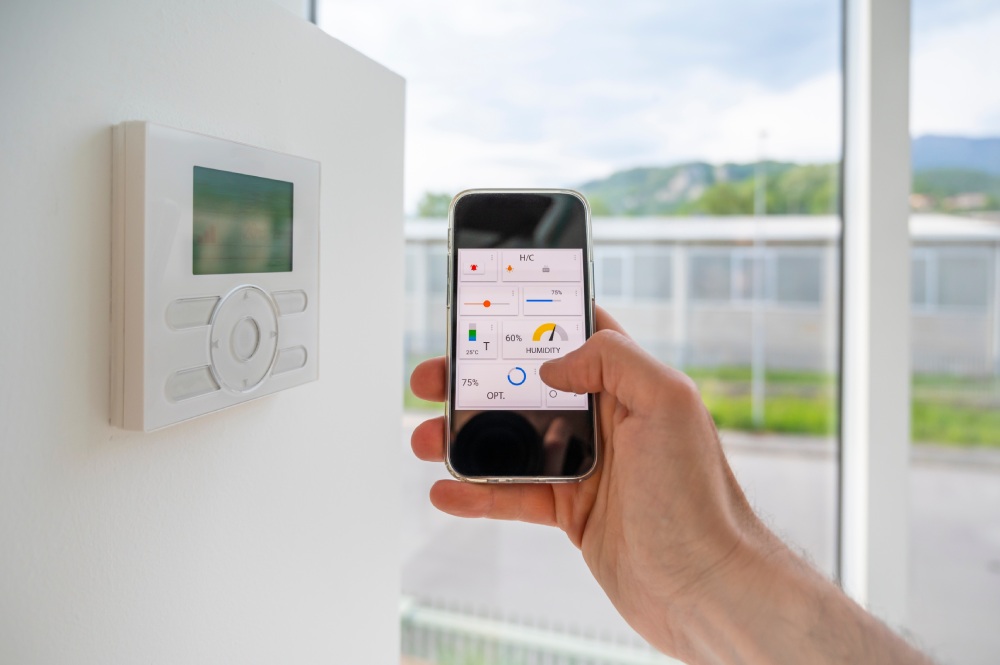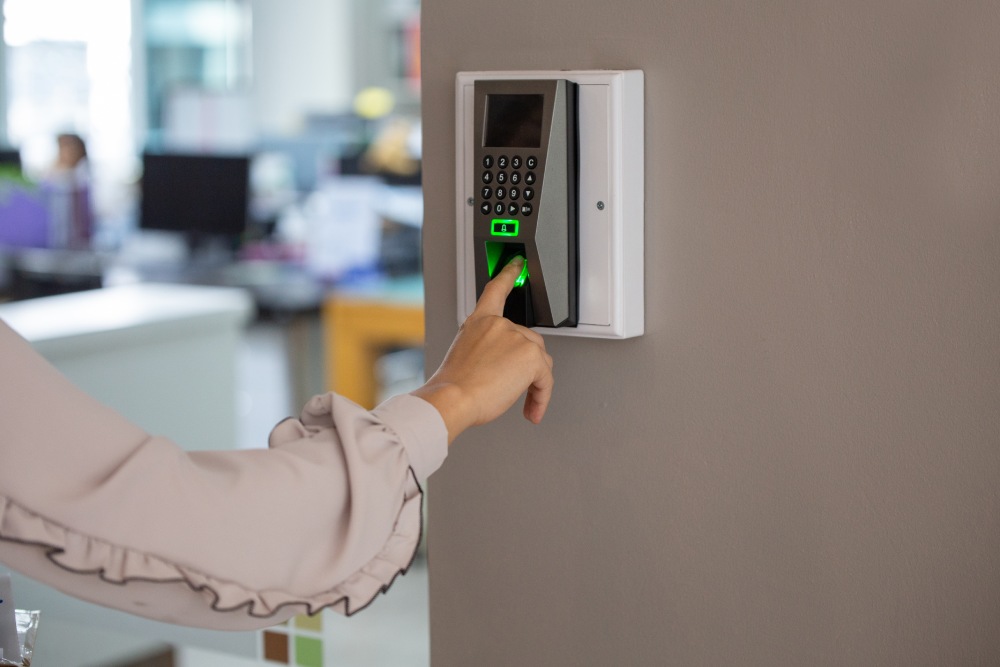Architectural advantages
Architectural advantages
Greater control over resources
Increase in construction value
Comfort and security of tenants
Environmental advantages
Environmental advantages
Energy savings
Development of sustainable cities
Solar home automation to control the energy production depending on consumption needs
Technological advantages
Technological advantages
Improves interaction between the home and tenant
Devices are connected and communicate with each other
Automated installation
Cost benefits
Cost benefits
Savings on the final energy bill
Reduction in maintenance costs
Useful life of all electronic devices is extended







